The Manchu ruled during the final imperial dynasty of China, a time of foreign influence and challenge.
1644–1912 C.E.
The Manchu ruled during the final imperial dynasty of China, a time of foreign influence and challenge.
1644–1912 C.E.
What is the Qing dynasty?
We're adding new content all the time!
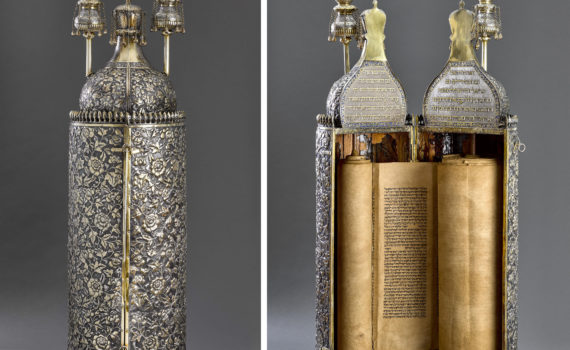
One Torah’s decoration—from Iraq to China and India—reveals global artistic and cultural connections in the 19th century.
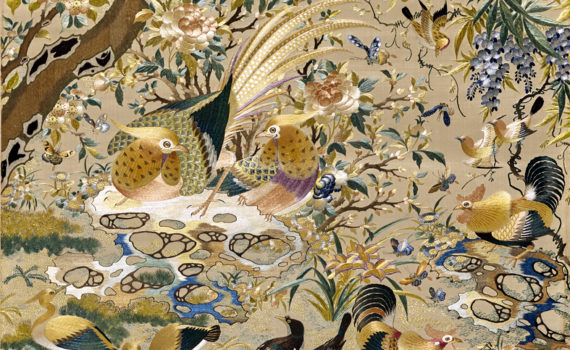
“One Hundred Birds” was a common subject matter in embroidery from the Guangzhou region.
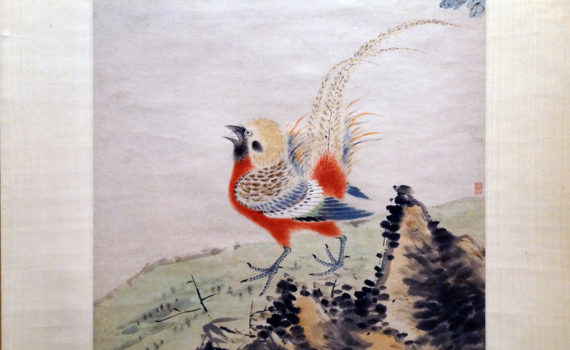
Color and brushwork create a golden pheasant in this Qing dynasty hanging scroll
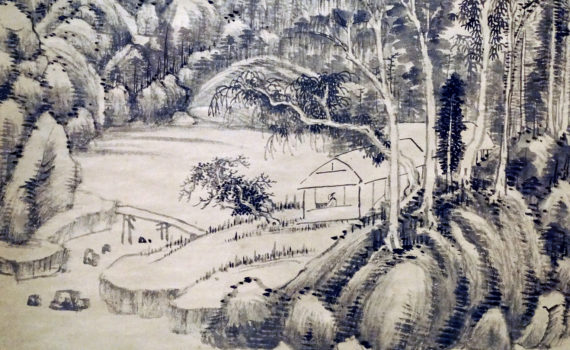
Wang Shimin reimagines the past in this Qing dynasty landscape
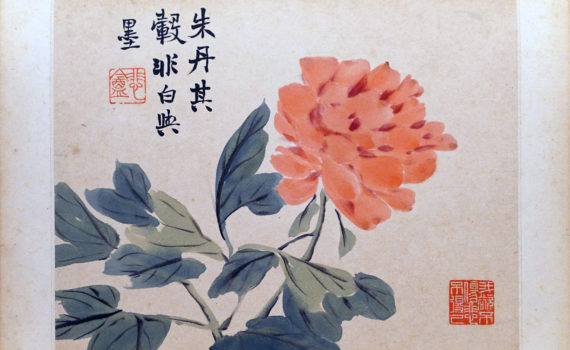
Peonies, plum blossoms, radishes, and cabbages are all depicted in these calligraphic ink paintings
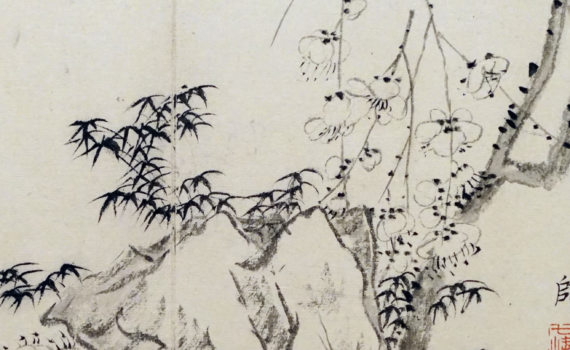
These garden scenes are examples of how professional artists in Qing-dynasty China made a living
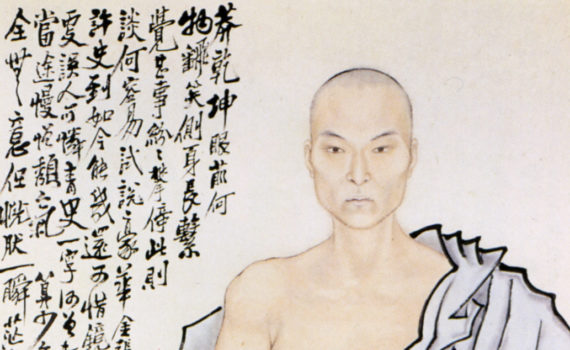
Ren Xiong's captivating self-portrait tells us a great deal about the principles of Chinese painting, the roles of self-portraiture and portraiture, and the canon of Chinese art.
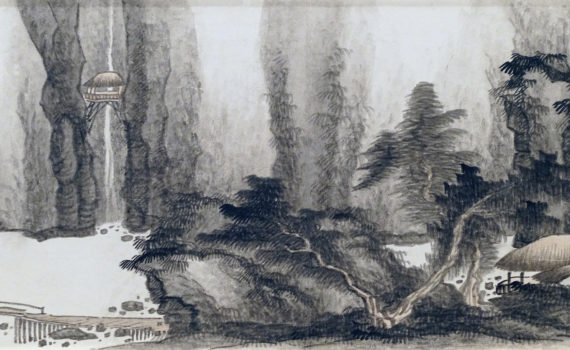
An artist who used landscape as a way to process the fall of the Ming Dynasty and the beginning of the Qing Dynasty.
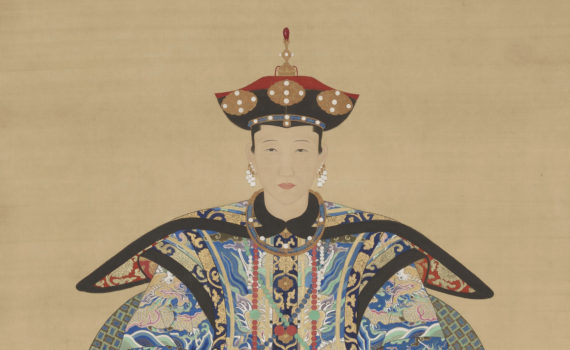
Ancestor portraits are typically commissioned by the family members of the deceased ancestors
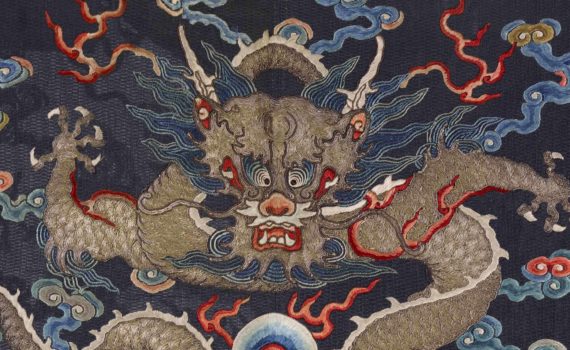
China has captivated the world for thousands of years with its skill and creativity in working with silk.
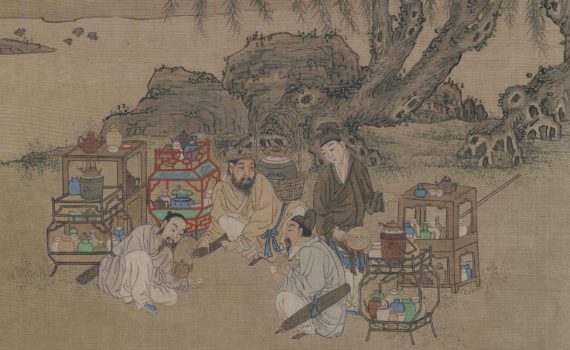
Tea drinking has been an essential part of Chinese culture for centuries